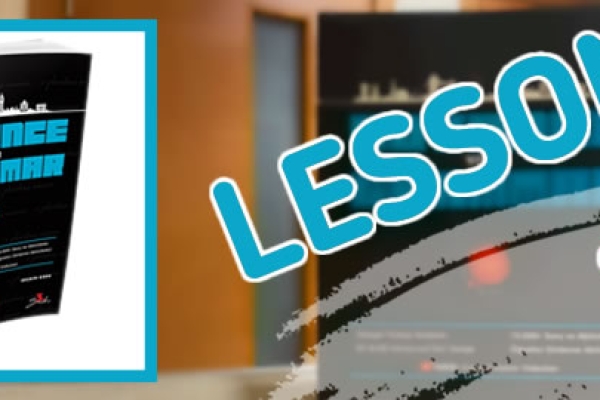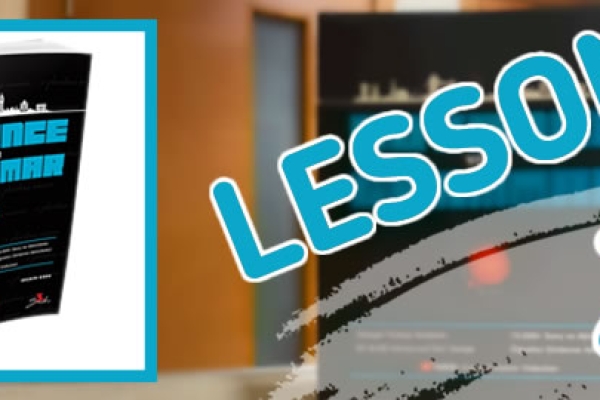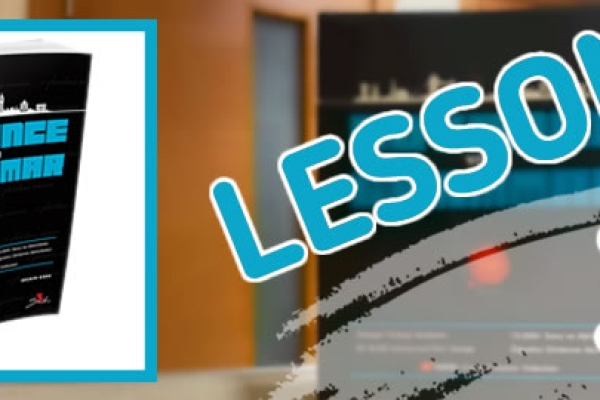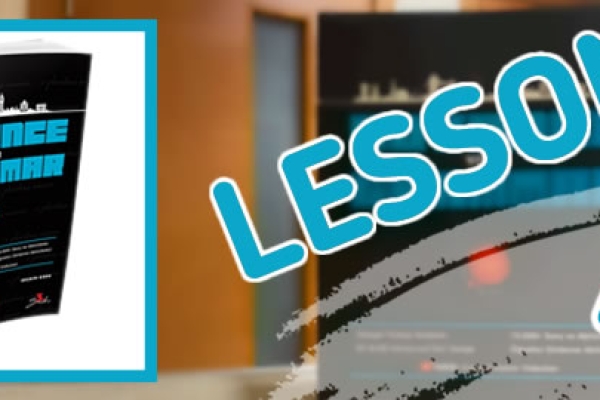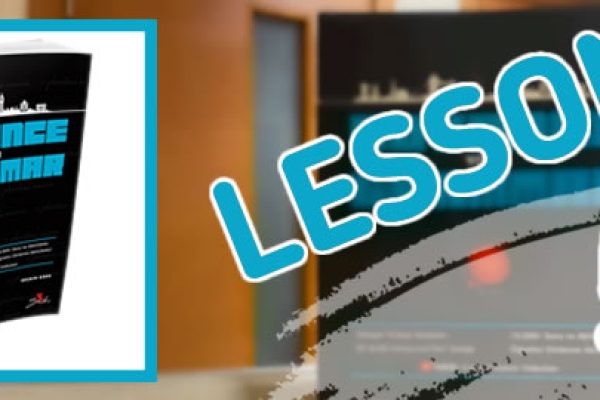Participle Clauses: Summary Comparison
Participle clauses are used to shorten sentences by replacing relative clauses or additional phrases with participles, making the sentence more concise while conveying the same meaning. These clauses typically use present participles (-ing form) and past participles (the -ed form or irregular form). Participle clauses describe actions that happen simultaneously with the main action or provide additional information about a noun in the main clause.
-
Present Participle Clauses (Active Voice)
The present participle (verb + ing) is used to indicate actions happening at the same time as the main action or to show cause/reason. It replaces relative clauses that begin with "who," "which," or "that."
Example 1: Walking down the street, I saw an old friend.
Here, the present participle "walking" shows that the action of walking was happening at the same time as the action of seeing an old friend.Example 2: Feeling tired, she went to bed early.
"Feeling" shows that her tiredness was the cause of her action of going to bed early. -
Past Participle Clauses (Passive Voice or Completed Action)
The past participle is used to describe an action that has already been completed or to express a passive situation. It often replaces relative clauses starting with "which" or "who."
Example 1: The book written by the author became a bestseller.
The past participle "written" describes the completed action of writing, showing that the book was written before it became a bestseller.Example 2: The documents signed by the manager were sent to the client.
"Signed" indicates that the documents were signed before they were sent to the client, showing a completed action.



